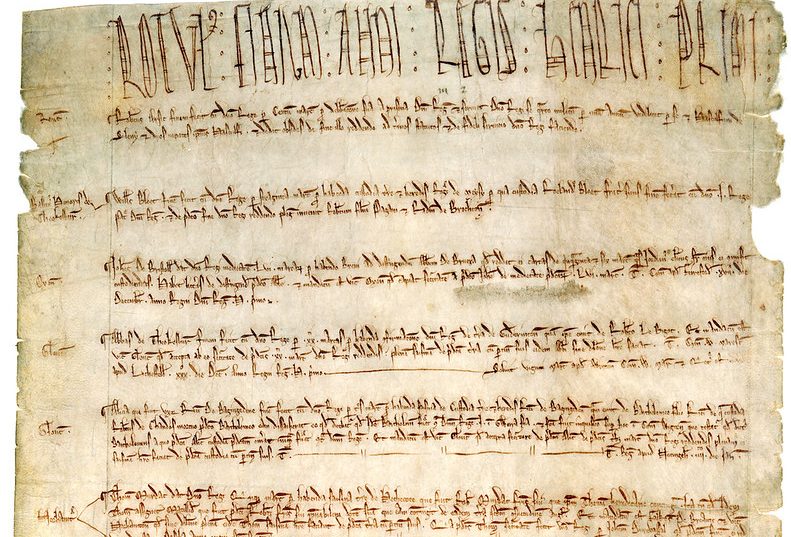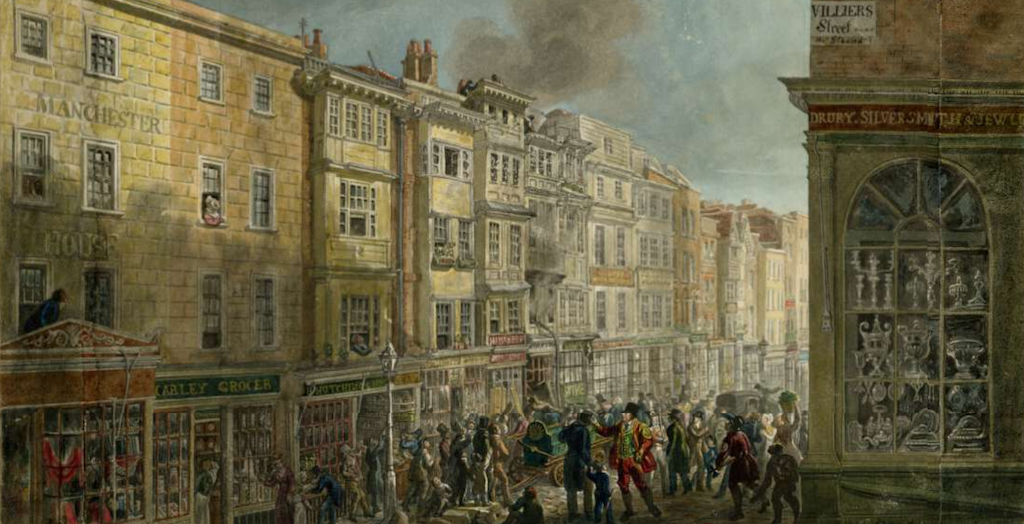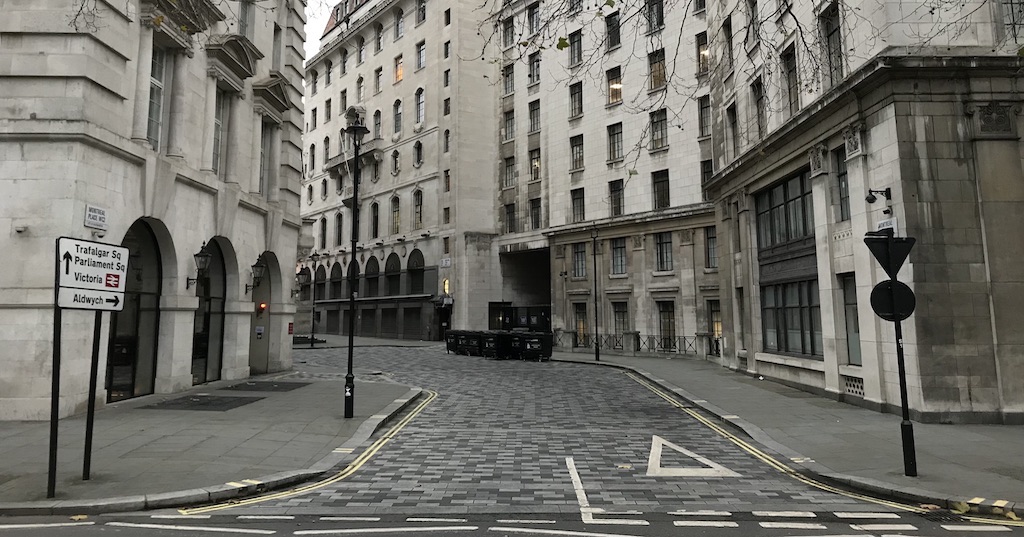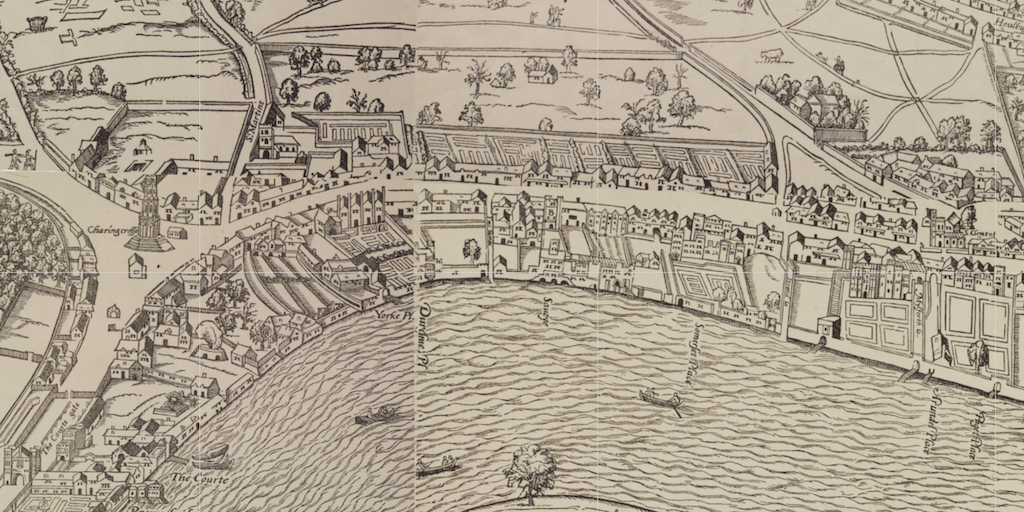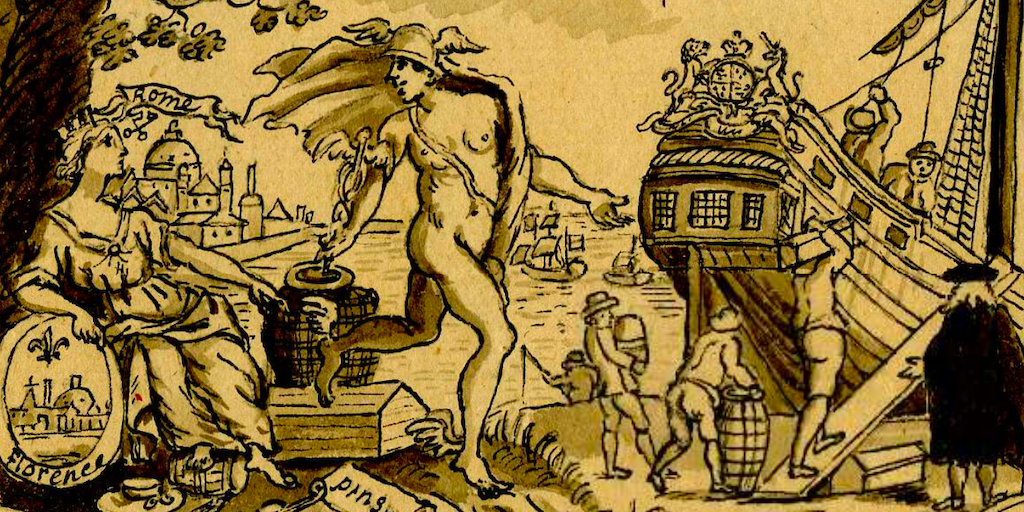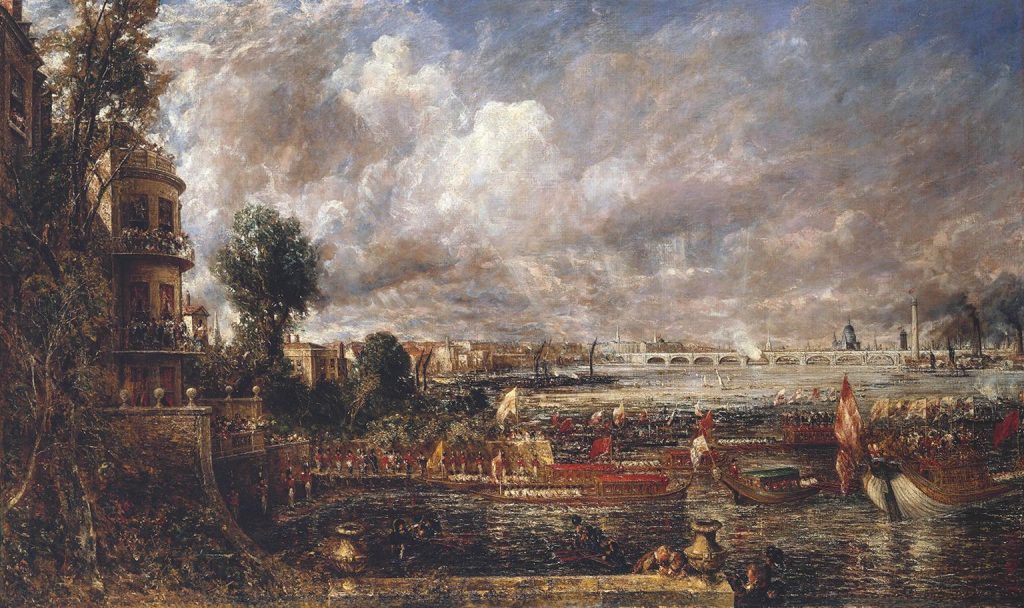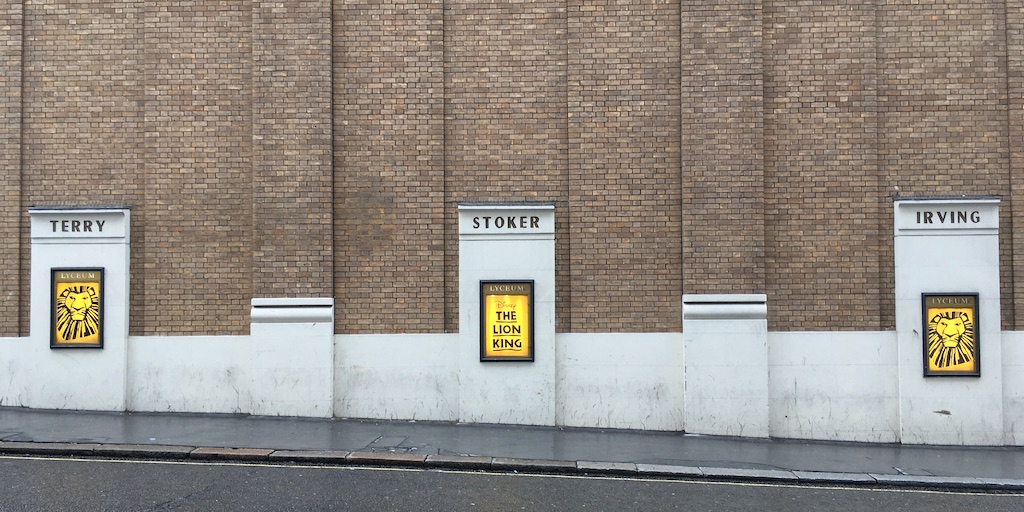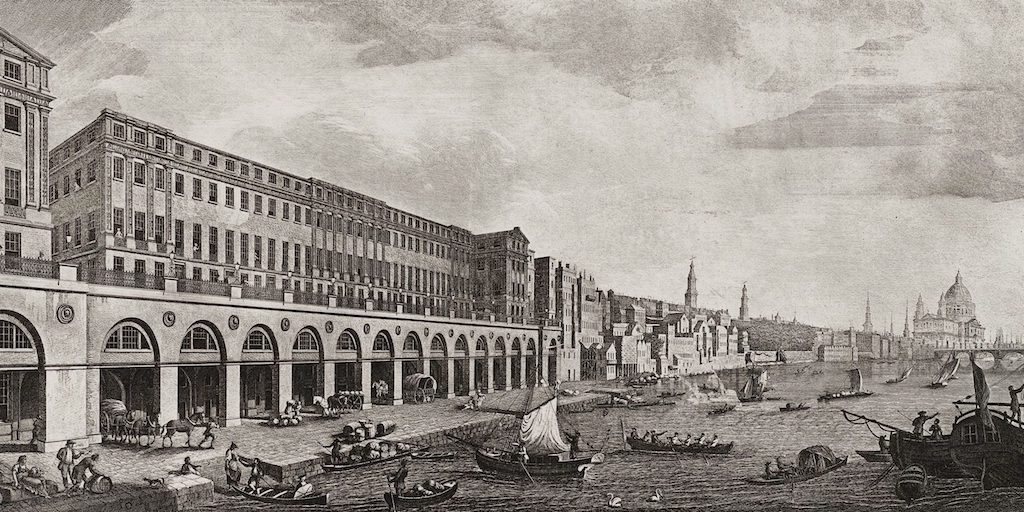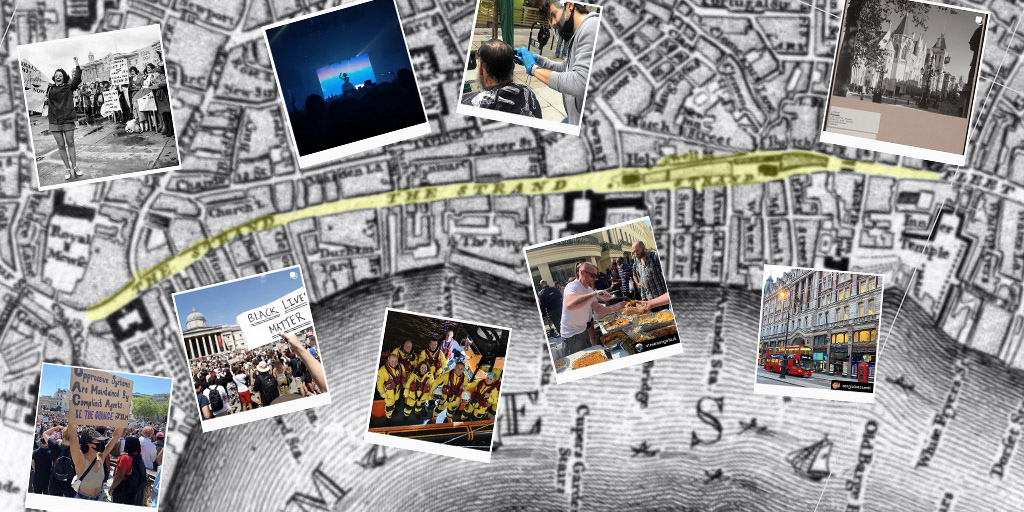Tracing ‘Strand’ Across Land, Language and Time
Today, the name of London’s most recognizable street, the Strand, evokes images of Trafalgar Square’s lions, the iconic Somerset and Bush houses, and, most of all, busied sidewalks alive with Londoners. Those images, while impressive to locals and tourists alike, are tied rather arbitrarily to their street’s name. What brought the name to the place?…
Read MoreWho put the Villiers in Villiers Street? Art, culture and élite life on the seventeenth-century Strand
Villiers Street has always captivated me. Linking the Strand to the Embankment, it remains one of the most vibrant walkways in the area and it plays an important part in connecting people to some of central London’s main visitor attractions – historical buildings and palaces, galleries, theatres, cinemas, museums and parks. It has a buzzy…
Read MoreAlienation on the Strand; Solitude in Street Haunting
Woolf’s writing has been a part of my life for so long I no longer know if it taught me to see the world this way or just taught me to notice that I do. – Tracy Seeley There is perhaps no greater comfort nor reward granted by reading than resonance. It is an indescribable…
Read MorePoetry & Conversation with Maureen Duffy
Join Strandlines editor Katie Webb for a conversation and Q&A with Maureen Duffy, including a presentation of paper settings by lettering artist Liz Mathews This special event launched the Strandlines Maureen Duffy feature – which is now ready for you to explore! Wednesday 25th November 2020 16:00 – 17:30 GMT Book your free ticket on…
Read MoreSome Literary Testimonies on the Strand
Through centuries and countries, the Strand has always inspired awe and exalted writers. Through the different testimonies collected in this short article emerges the feeling that the Strand stands unique in the imagery of London. It exerts a fascination – be it sensory, musical, political, economic – to all visitors; insiders develop memories of it, outsiders…
Read MoreShops on the Strand: women in business in early modern Westminster, 1600-1740
In October I began work in earnest on a new research project, which will illuminate the lives of women in business on the Strand in the seventeenth and early eighteenth centuries. I am particularly looking forward to uncovering all sorts of material on the myriad shops in this location, whether at street level or in…
Read MoreTwo Short Accounts on the Old Waterloo Bridge
Before structural issues led to a redesign (resulting in Giles Gilbert Scott’s concrete bridge built in 1942), Waterloo Bridge was considered the most beautiful of all London’s bridges, whose aura was captured more than once by artists: including Constable and Monet during his stays at the Savoy. The following accounts, one by an English archeologist…
Read MoreDracula Stalks the Strand
On the back wall of the Lyceum theatre in Burleigh Street are three engraved names: Stoker, Irving and Terry. They honour three great characters of the British theatrical world in the late 19th century. Henry Irving was the actor/manager of the Lyceum from 1878 to 1902. Ellen Terry was one the most famous actors of…
Read MoreThe Adelphi and Robert Adam
By the end of the eighteenth century, the Strand had become the theatre of one of London’s most adventurous architectural enterprises: the Adelphi. Four Scottish brothers Robert, John, James, and William Adam endeavored to transform a slum into a fashionable quarter, and in doing so, to promote their dream of social and artistic uniformity, equity,…
Read MoreAre you a future ‘Strandliner’?
There’s a feeling of ‘new’ in the air. Universities are going ‘back to school’, but there’s a sense that more people than usual are making some sort of re-start: returning to the office after weeks of working from home or furlough; adapting to working from home in the longer term by perfecting new routines; figuring…
Read More
